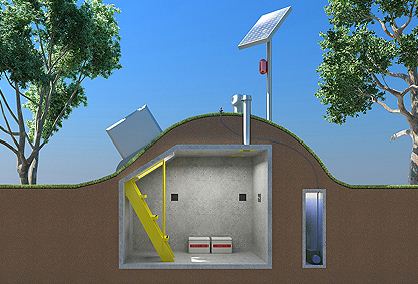From the HeraldSun
=======================================================
UPDATE 4.35pm: A COLLEAGUE of Russell Rees says he fears the CFA [Country Fire Authority] chief was pushed from office and that he had been happy to stay on in the role.
Mr Rees will leave his position a month before the final report of the bushfires Royal Commission is handed down, after he was heavily criticised in the interim report.
He said today the decision was one he made entirely on his own. He had 18 months left to run on his contract.

But Paul Hendrie, who was captain of Kinglake brigade on Black Saturday, suspects Mr Rees was pushed.
He said Mr Rees was positive about the job when he spoke to him three days before the February 7 first anniversary of the fires.
“I was actually talking to Russell out there and he said he was happy in the job and he was staying and all that sort of stuff,” Mr Hendrie said.
“It just surprises me today to hear that he’s resigned.
“He might have said ‘well the pressure is too much’ and he might have moved on but in the back of your mind you think that maybe someone, somehow, somewhere along the line, someone has pushed him.”
Premier John Brumby today said Mr Rees made the right decision to quit his post because new blood was needed in the CFA.
Continue reading “Australia: chief fire officer of Country Fire Authority resigns”


